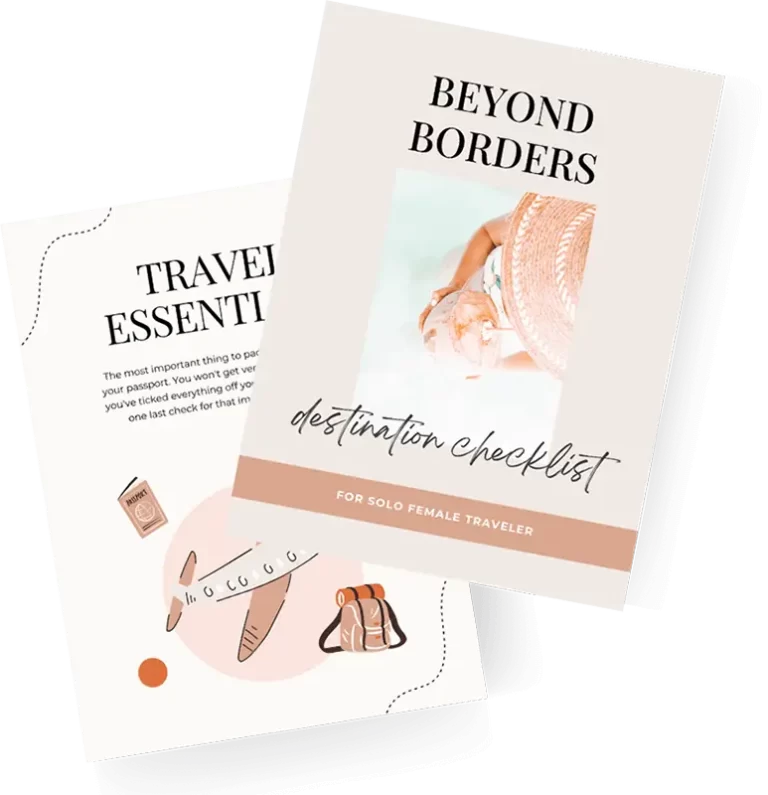Airport Sensory Rooms for Travelers with Autism and Sensory Needs
Airports can be overwhelming. The bright lights, loud announcements, long lines, and constant movement can be a lot to handle—especially for children (or adults) with autism or sensory sensitivities. For families traveling with neurodivergent kids, what’s supposed to be an exciting journey can quickly become stressful and overstimulating.
That’s why I was so encouraged to learn that George Bush Intercontinental Airport (IAH) in Houston has added not one, but two dedicated sensory rooms—and they are amazing.
Whether you’re catching an early morning flight or navigating a long layover, these new spaces offer a peaceful place to pause, breathe, and reset. Here’s what you need to know.
Where to Find the Sensory Rooms at IAH
There are now two sensory rooms at Bush Airport:
- Terminal A – located just past the security checkpoint
- Terminal D – located near Gate D5
Both rooms are free to use and open daily. You don’t need a reservation—just step inside and enjoy a much-needed sensory break when you or your child need it most. Whether you’re departing, arriving, or in between flights, knowing where to find a quiet, comforting space can make all the difference.
What’s Inside the Sensory Rooms?
These rooms aren’t just quiet spaces—they’re thoughtfully designed with a wide range of sensory tools and calming elements to support regulation and relaxation.
Here’s a peek at what you’ll find inside:
- Bubble Water Tubes: Gentle motion and soft lighting create a soothing visual focus point. These are often a favorite for kids who need calming input.
- Tactile Wall Panels: These interactive panels offer different textures and patterns to explore with fingers and hands—great for tactile seekers or kids who self-soothe through touch.
- Fiber Optic Tunnel: A softly lit tunnel with glowing fiber optic strands—it’s visually mesmerizing and creates a safe, enclosed feel that many children find comforting.
- Interactive Infinity Star Panel: This light-up panel gives the illusion of endless stars and responds to touch, helping to redirect anxiety and provide a bit of magic.
- Stargazing Ceiling Lights: Dim overhead lights mimic a starry sky, creating a dreamy, peaceful atmosphere.
- Sensory Calming Screen: This screen displays calming images and colors to provide gentle visual stimulation without overwhelm.
- Soft Seating and Cozy Corners: Whether your child needs to stretch out, curl up, or rock gently, the room’s furnishings are designed to feel safe and supportive.
Why Sensory Rooms Matter
If you’ve ever traveled with a child who has autism, anxiety, or sensory processing disorder, you know how unpredictable airports can feel. Even with preparation, unexpected delays, security noise, and crowded gates can lead to sensory overload.
Having a dedicated space to step away from the chaos is a game-changer. It offers more than just comfort—it offers dignity, peace, and a sense of control in an environment that can otherwise feel out of control.
These rooms also speak to something deeper: inclusion. By creating sensory spaces, Houston’s airport is saying, “We see you. You belong here, too.”
Tips for Using the Sensory Room
If you’re planning a trip through IAH soon, here are a few tips:
- Know the locations in advance and include them in your travel plan. Save a screenshot or note the terminal details so you can find the room quickly if needed.
- Arrive a little early if you’re departing from Terminal A or D, so your child can decompress before boarding.
- Use the room before or after TSA if you’re in Terminal A—it’s located just past security, so it’s a great “recovery” spot.
- Pair the room with familiar tools—bring noise-canceling headphones, a favorite fidget, or a weighted lap pad to create an even more personalized experience.
- Let your child explore the room on their own terms. Every child is different—some may want to interact with every feature, while others may just want a quiet corner to rock or rest.
Final Thoughts
As a mom of a child with sensory needs, I can’t tell you how much relief and gratitude I feel knowing spaces like this are becoming more common. It means fewer meltdowns, less anxiety, and more joyful, connected travel experiences for families like ours.
If you’re flying through Houston soon, keep these sensory rooms in mind—and share the info with friends who might need it too. Travel should be for everyone, and this is a beautiful step in the right direction.








